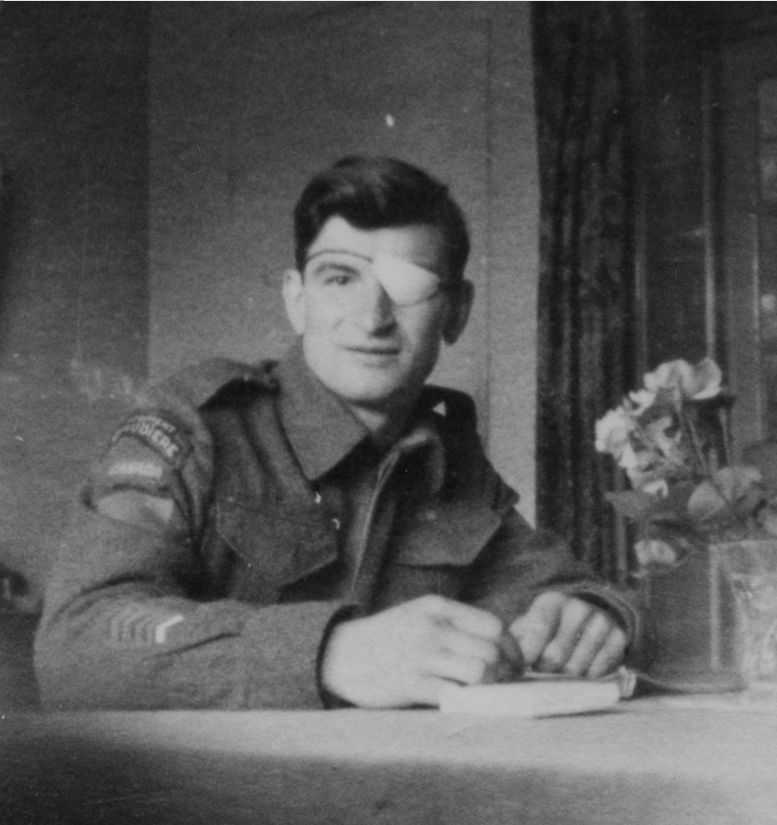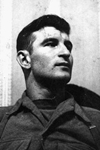When a Nazi Bomber Crashed at Clacton
The War Illustrated, Volume 2, No. 36, Page 502, May 10, 1940.
Late in the night of April 30 - May 1, 1940, a German Heinkel III bomber was heard circling low over the town of Clacton-on-Sea. It had been crippled by the anti-aircraft fire and was seeking a suitable spot for landing. Apparently one of its engines had failed, and as the machine was carrying a mine the crew must have known the dangers attending a forced landing, After 35 minutes the roar of its engines ceased; and rapidly losing height, the bomber crashed close to Clacton High Street, and only about 200 yards from the sea front. For some time the blazing petrol tanks prevented anyone approaching the aeroplane. One or two people had actually come towards it when, some minutes after the crash, the mine it was carrying exploded. It was the terrific force of this explosion that caused the major disaster and the very severe damage to so many houses in this seaside town. Later the bodies of four Germans were found in and around the wreckage.Index
Previous article
I Was There! - We Knew We Had Hit The 'Scheer'
The submarine "Spearfish" arrived home on April 18 after one of the most adventurous under-water patrols of the war. She had torpedoed the pocket-battleship "Admiral Scheer" and her crew were convince
Next article
I Was There! - We had Great Successes in Norway's Waters
Three British submarines – the "Sealion", the "Truant", and the "Triton" - received a great welcome when they returned to their home ports in the third week of April after successes in the Norwegian





